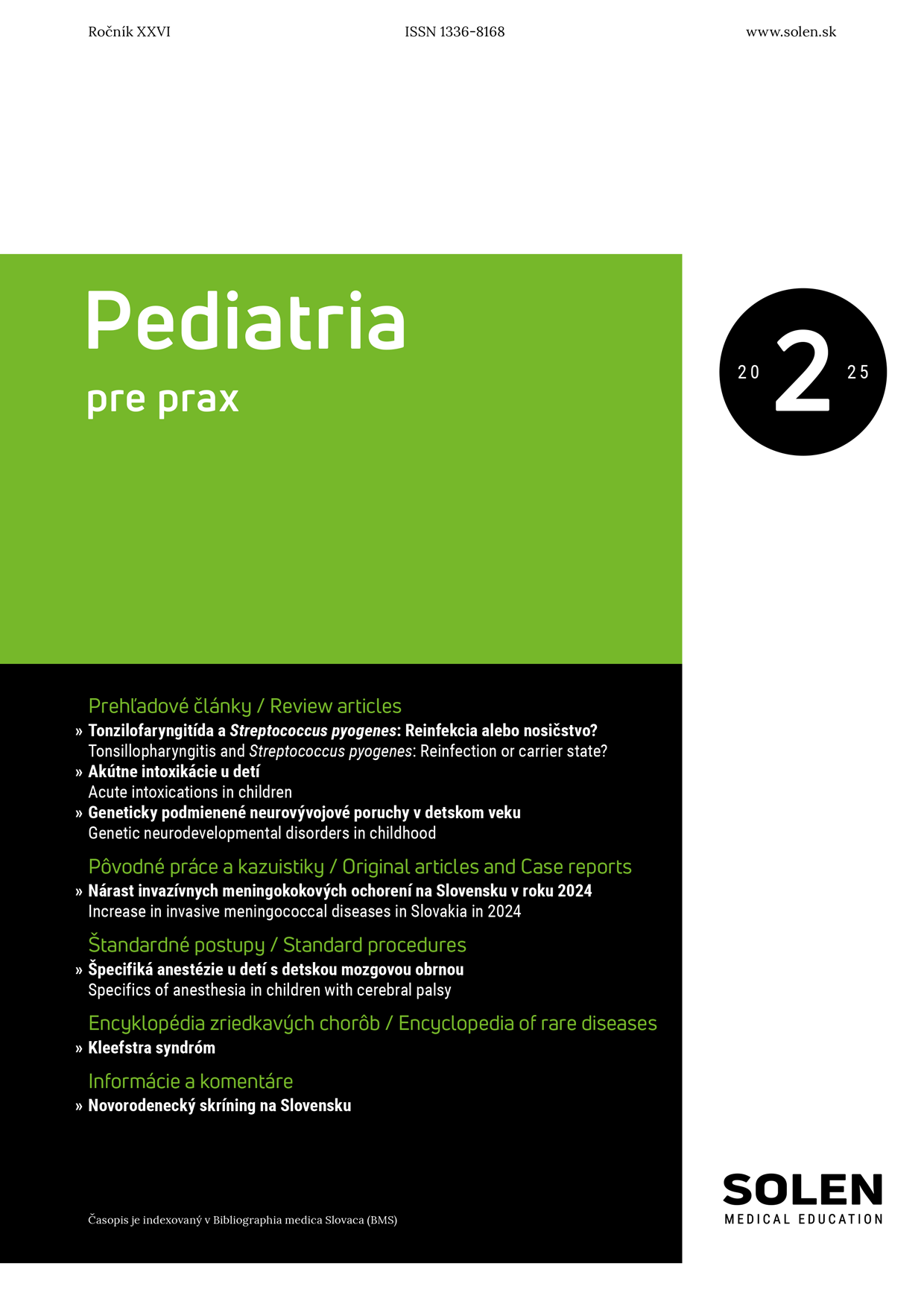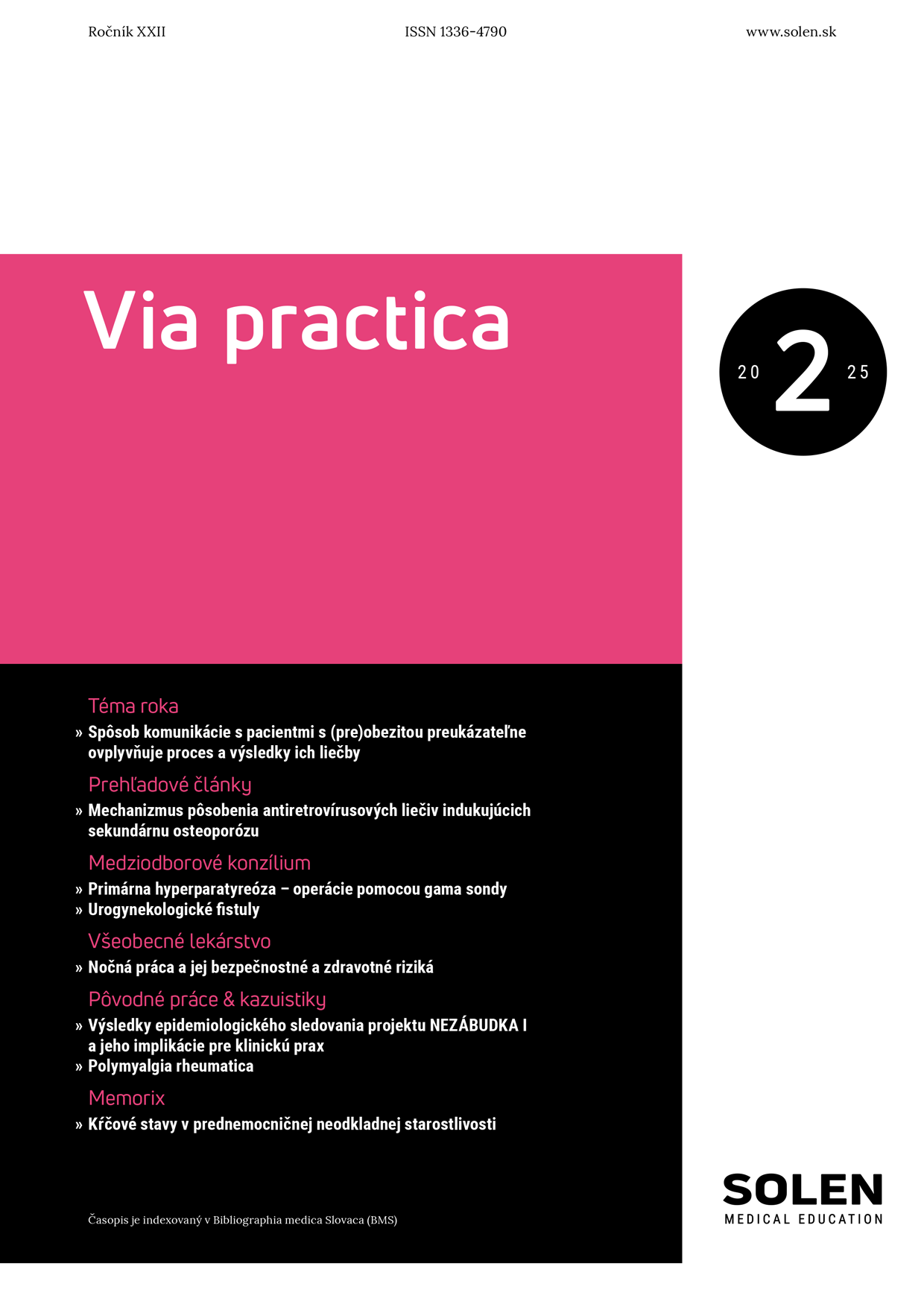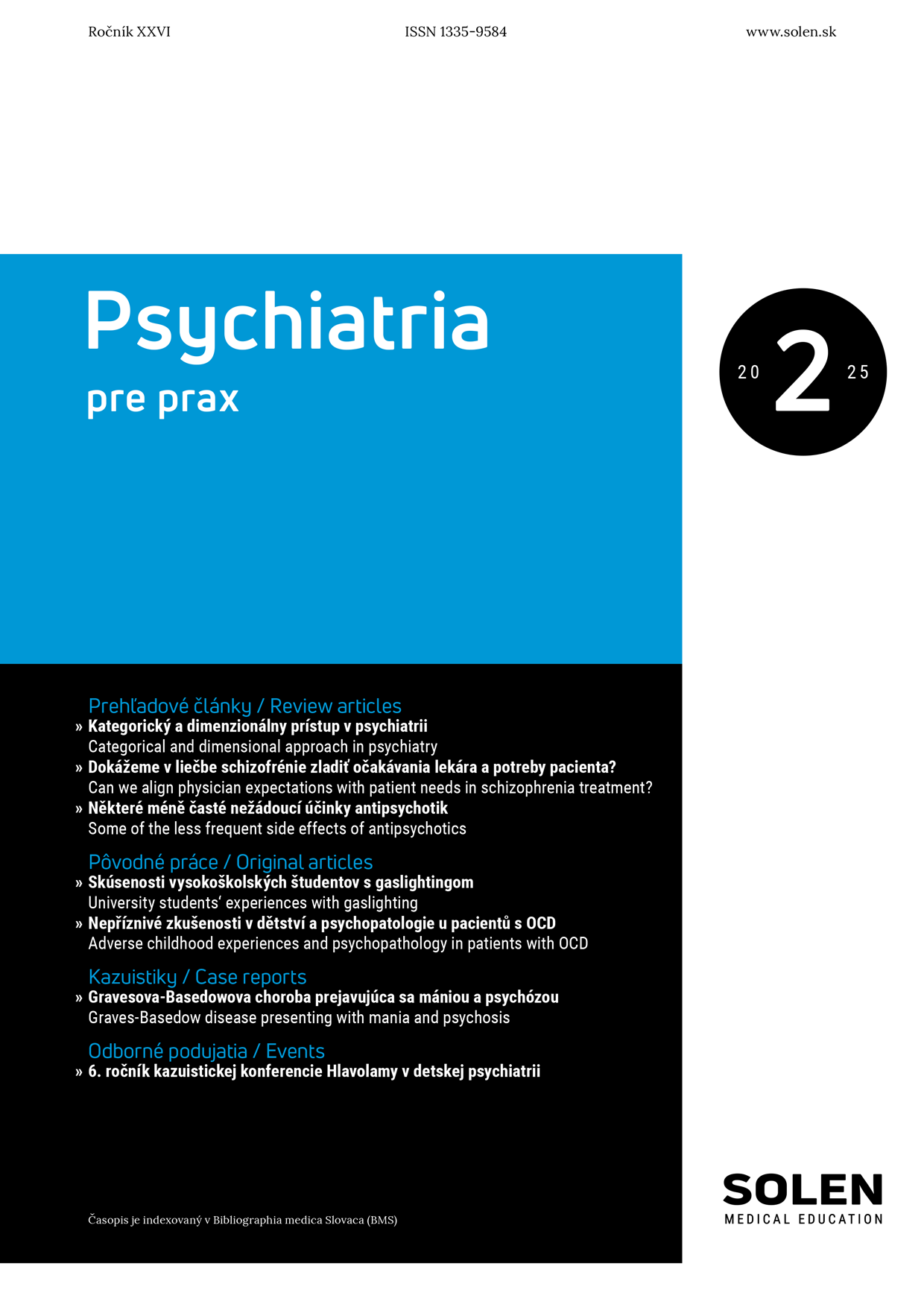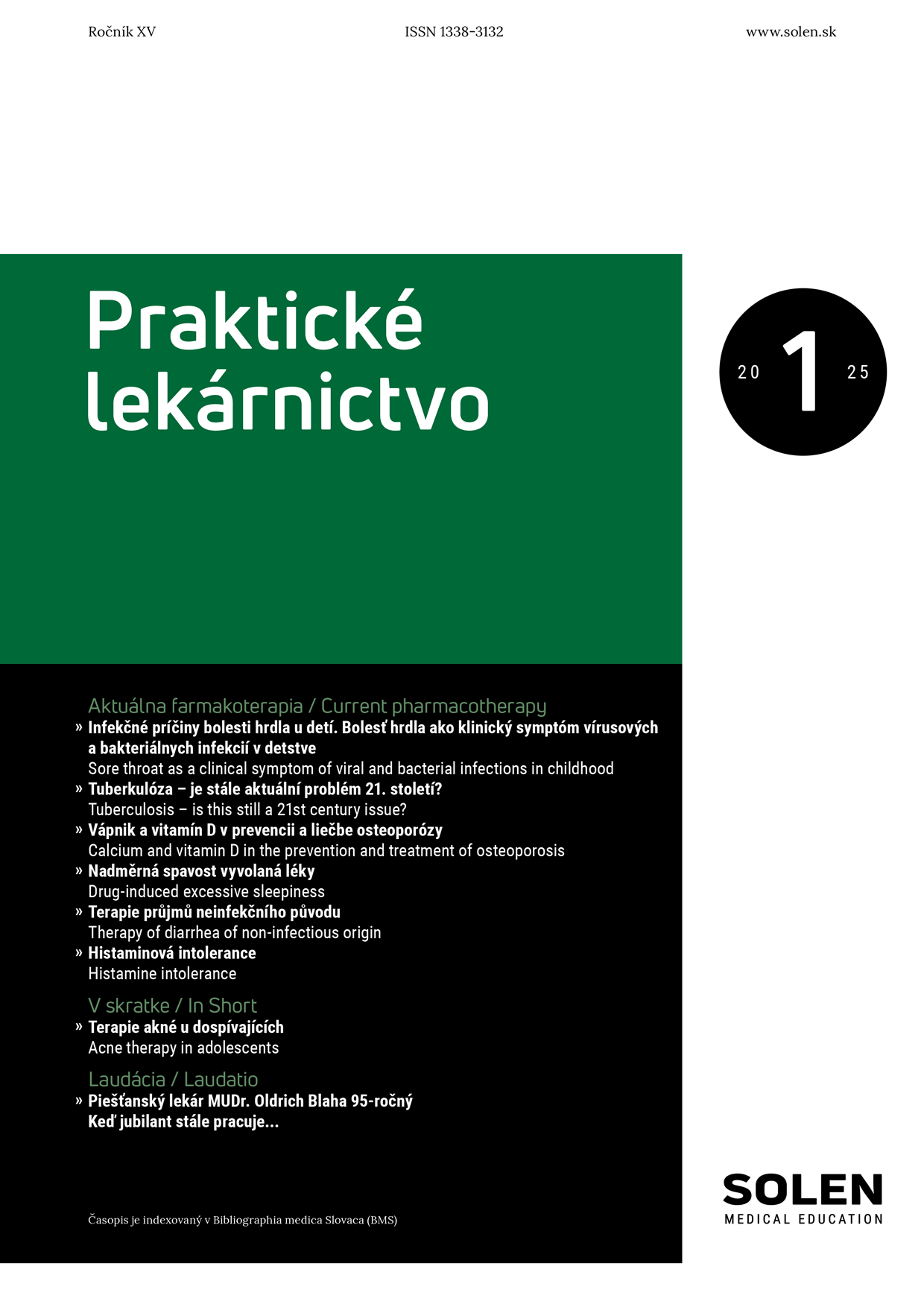Pediatria pre prax 6/2020
Špecifiká manažmentu kraniocerebrálneho poranenia u detí a indikácia dekompresívnej kraniektómie
MUDr. Peter Koppal, MUDr. Ján Šulaj, PhD., MUDr. Oliver Petrík, PhD.
Úrazy detí predstavujú vzhľadom na svoj výskyt a následky významný medicínsky problém. Ich liečba vyžaduje častokrát nemalé náklady spojené s potrebou dlhodobej zdravotnej starostlivosti a rehabilitácie. Základným cieľom liečby je protektívny prístup k poraneniam mozgu s minimalizáciou rizika nedostatočnej perfúzie mozgu ako základného rizika vážneho neurologického poškodenia. Intrakraniálna hypertenzia u detských pacientov je ako potenciálny život ohrozujúci stav predmetom skúmania v aspektoch diagnostiky a liečby. Princíp zachovania základných kompartmentov v uzavretom priestore intrakrania je nemennou konštantou a terapeutické zásahy smerujú k udržaniu rovnováhy uvedených zložiek s cieľom regulácie intrakraniálneho tlaku so zameraním na zachovanie cerebrálneho perfúzneho tlaku. V našej práci sa venujeme kraniocerebrálnym poraneniam, pričom sa zameriavame na špecifiká detskej populácie týkajúce sa anatómie, diagnostiky a liečby. Samostatne spomíname operačnú liečbu intrakraniálnej hypertenzie formou dekompresívnej kraniektómie. Využívame pritom práce autorov zahraničných pracovísk. Tento operačný výkon predstavuje radikálny zásah v liečbe intrakraniálnej hypertenzie s nutnosťou ďalšej intenzivistickej liečby a potrebou kranioplastiky v neskoršom období. Výsledok je ovplyvnený načasovaním a technikou operačného výkonu. Detskí pacienti sú zároveň zaťažení pomerne vysokou mierou pooperačných komplikácií a potrebou ďalších reoperácií. Pri správnej indikácii dokáže ale pozitívne ovplyvniť ďalšiu prognózu pacienta. Pooperačná starostlivosť je dlhodobá, vyžaduje pravidelné sledovanie pacientov a spoluprácu s pediatrickým neurológom a psychológom.
Kľúčové slová: detský vek, kraniocerebrálne poranenie, intrakraniálna hypertenzia, dekompresívna kraniektómia
Management specifics in paediatric patients with traumatic brain injury and indication for decompressive craniectomy
Due to their incidence and consequences injuries in childhood present a major medical problem. Treatment of the patients often requires considerable costs because of the long term health-care and physiotherapy. The primary goal of the therapy is to protect the brain, decrease the risks of insufficient perfusion, as the main factor in developing a severe neurologic injury. Pediatric intracranial hypertension, as a life-threatening condition, is the subject of an investigation on the field of diagnostics and treatment. The principle of maintaining basic compartments in the enclosed intracranial space is constant and all therapeutic interventions lead to preserve the balance of these compartments, to regulate intracranial pressure to maintain cerebral perfusion pressure. This article deals with traumatic brain injury, focusing on its uniqueness in anatomy, diagnostics and therapy in the child age. We focus mainly on the management of intracranial hypertension using the decompressive craniectomy, with the help of the article’s data from the foreign workplaces. This surgery procedure represents a radical intervention in the treatment of intracranial hypertension, with the need for subsequent intensive care and cranioplasty later on. The result is affected by the timing and technique of the procedure, pediatric patients bear a relatively high incidence of postoperative complications and the need for further reoperation. Correct indication determines good outcome and prognosis. Postoperative care is long-term and requires routine follow-ups and cooperation with pediatric neurologist and psychologist.
Keywords: child’s age, traumatic brain injury, intracranial hypertension, decompressive craniectomy





-1.png)











